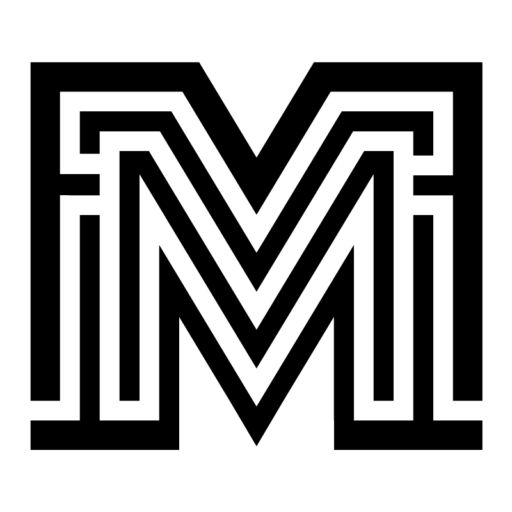Mood boards provide a foundation for the designer, the client and anyone else who is connected to the project. Mood boards can help you all the way through a graphic design project from the ideation phase to handover.
I confess that I have rarely done mood boards since graduating and initially I thought that was a good thing. I was keen to get to the design phase and the client was keen to see something. The mood board seemed an easy step to skip, because after-all, wasn’t I the expert here and the client was paying me to not worry about all this stuff.
I also found that in the mining and industrial training sector mood boards were dismissed as “arty-farty” and client’s just wanted to see samples. Although the autonomy was intoxicating much miscommunication and conflicts could of prevented by a mood board.
Why do a mood board
Initially, it is a handy tool for the designer and client to crystalise the requirements and path of the project. It strengthens the brief and provides direction.
It involves the client from the start and gives everyone a tool to use when communicating about the work.
- Client – “Hmmm, I feel the orange headings are hard to read. Can we try another colour?”
- Designer – “How about the dark blue from the mood board, we know it’s complementary and it has more contrast?”
- Client – “Perfect!”.
If any other person who comes onto the project they can use the mood board to link their work to the project.
Mood board tools
Mood boards can be a collection of things placed into one accessible space. Photos, sketches, fabrics, tree leaves, quotes, anything. Just glue it onto a big piece of cardboard or copy and paste things into a Word or Google document.
Another great method is to use online apps like Pinterest, Miro or Milanote to create, share, and even collaborate on mood boards.

